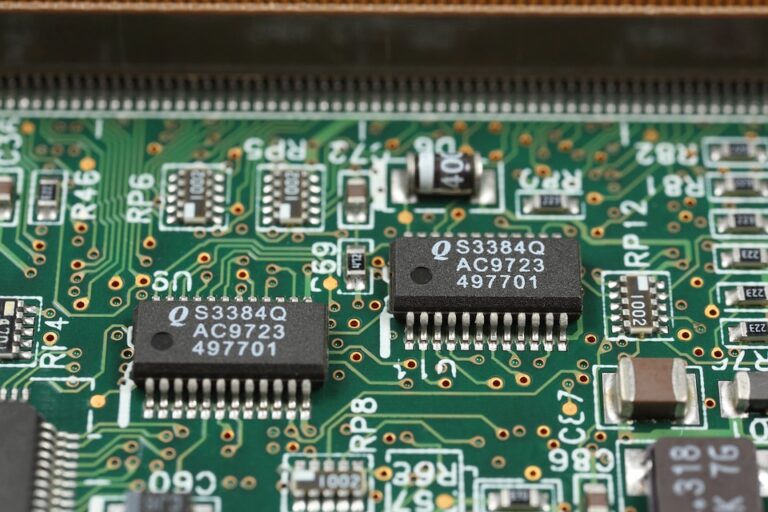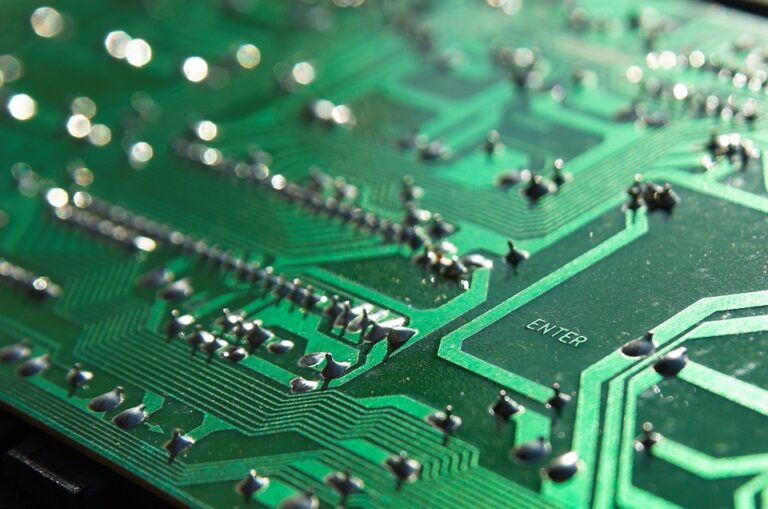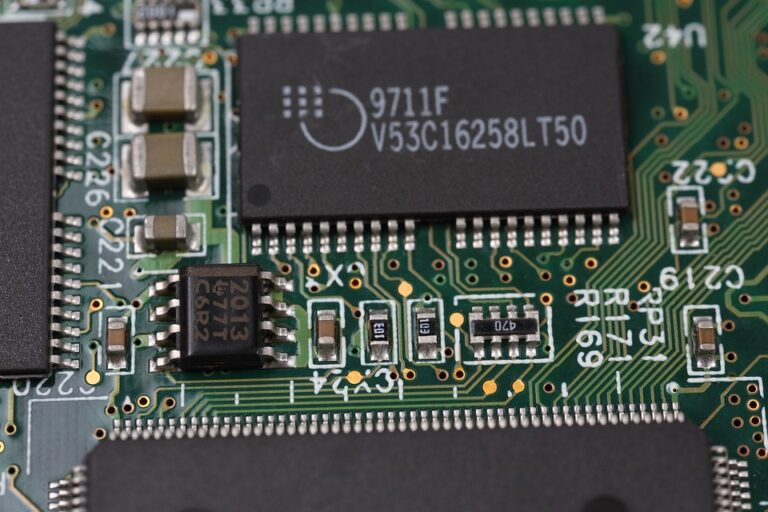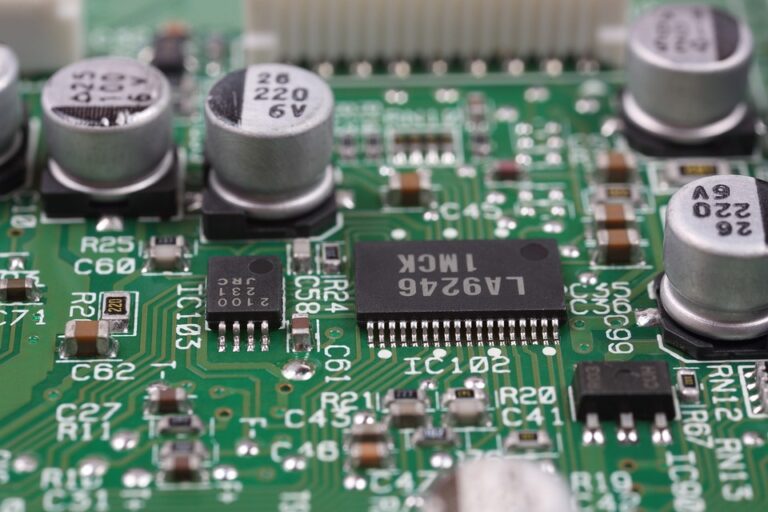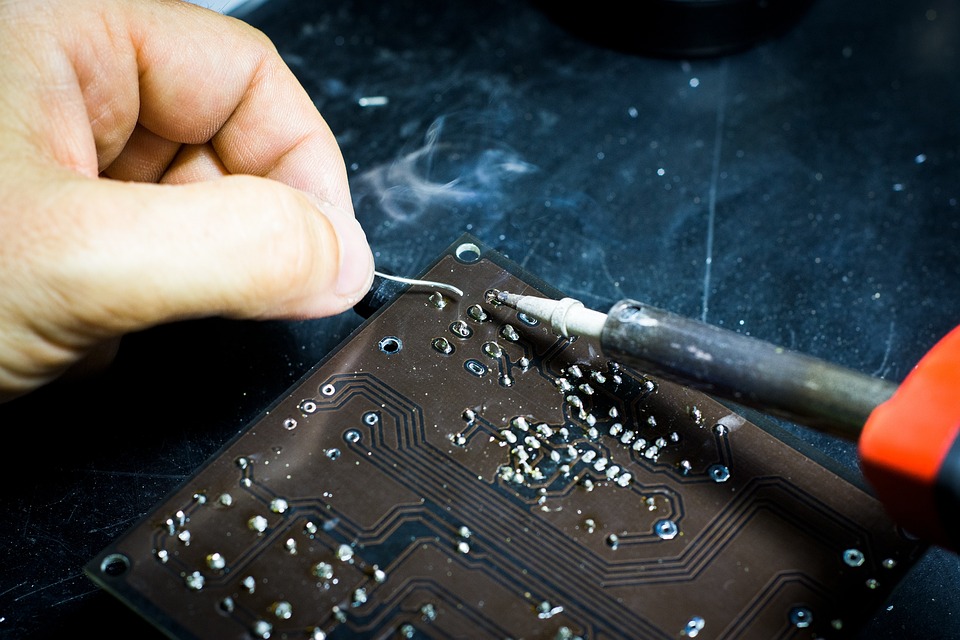
A Beginner’s Guide to PCB Assembly: What You Need to Know
PCB assembly, short for Printed Circuit Board assembly, is the process of combining electronic components such as resistors, capacitors, and integrated circuits (ICs) onto a printed circuit board (PCB) to create a functional electronic device. PCB assembly is an essential step in the production of various electronic devices, including computers, smartphones, televisions, and countless other gadgets we use in our daily lives. As a newcomer to the world of electronics, understanding PCB assembly can be overwhelming, but with this guide, you’ll learn the basics and be well on your way to becoming an expert.
What is PCB Assembly?
PCB assembly is a process that involves several steps, including design, fabrication, and assembly. The design phase involves creating a blueprint of the PCB, including the placement of various components, such as resistors, capacitors, and ICs. The fabrication phase includes the creation of the PCB itself, which is typically done using a subtractive process, where a thin layer of copper is applied to a non-conductive substrate and then etched to create the desired design. The assembly phase involves attaching the electronic components to the PCB, carefully following the design specifications.
Why is PCB Assembly Important?
PCB assembly is crucial for several reasons. Firstly, it allows for the creation of compact and reliable electronic devices, which are essential for our modern lifestyle. Secondly, PCB assembly enables the integration of a wide range of components and peripherals, making it possible to create devices with complex functionality. Finally, PCB assembly is an cost-effective way to produce electronic devices, as it eliminates the need for manual wiring and reduces the risk of human error.
The Process of PCB Assembly
The PCB assembly process can be broken down into several key steps:
- PCBPTH is a chemical process that removes the excess copper from the PCB, leaving only the desired pathways.
- Soldering: This is the process of attaching electronic components to the PCB using a controlled amount of heat and a small amount of solder.
- Component Soldering: The process of attaching ICs and other components to the PCB, typically using a combination of skill and precision.
- Testing: This is the final step of the process, where the newly assembled PCB is tested for any defects or malfunctions.
PCB Assembly Tools and Equipment
In order to perform PCB assembly, you’ll need a range of specialized tools and equipment, including:
- Soldering iron and flux
- Soldering iron stand
- Soldering wick
- Component leads
- Reel of flux
PCB Assembly Best Practices
To ensure successful PCB assembly, it’s essential to follow best practices, including:
- Use proper soldering techniques to prevent damage to components
- Handle components with care to avoid damage or contamination
- Use a clean and dust-free working environment to reduce the risk of contamination
- Verify component placement according to the design specifications
Conclusion
PCB assembly is a vital process in the production of electronic devices, and understanding the basics of this process can be overwhelming, particularly for newcomers to the world of electronics. However, by following the steps outlined in this guide, you’ll be well on your way to becoming an expert in PCB assembly. Remember to always follow best practices, use the right tools and equipment, and take the time to properly test your finished PCBs. With practice and patience, you’ll be able to create high-quality, functional PCBs with ease.
FAQs
Q: What is the best way to handle sensitive components?
A: Always handle sensitive components by their edges or leads, rather than by the pins, to prevent damage.
Q: What is the purpose of flux in soldering?
A: Flux helps to clean the surface of the PCB and components, allowing for a smoother and more reliable soldering process.
Q: What is the best way to test a newly assembled PCB?
A: Test the PCB using a variety of methods, including visual inspection, electrical testing, and functional testing, to ensure it is functioning as intended.

